Continuing on with The Elements and Principles of Art series, this article focuses on good examples of balance in art. These examples and definitions are dividing into the different types of balance in art: symmetrical balance in art, asymmetrical balance in art, and radial balance in art.
I will add to this examples of balance in art list when I find more, so this is a good one to pin or bookmark! The horizontal picture collages do not have all the pictures from the categories.
Download the Free Elements and Principles Printable Pack
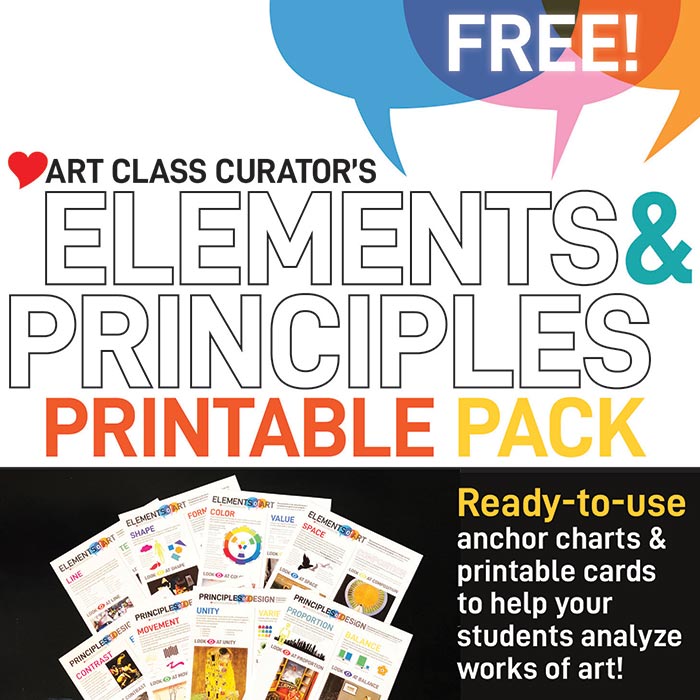
This pack of printables was designed to work in a variety of ways in your classroom when teaching the elements and principles of art. You can print and hang in your classroom as posters/anchor charts or you can cut each element and principle of art in its own individual card to use as a lesson manipulative.
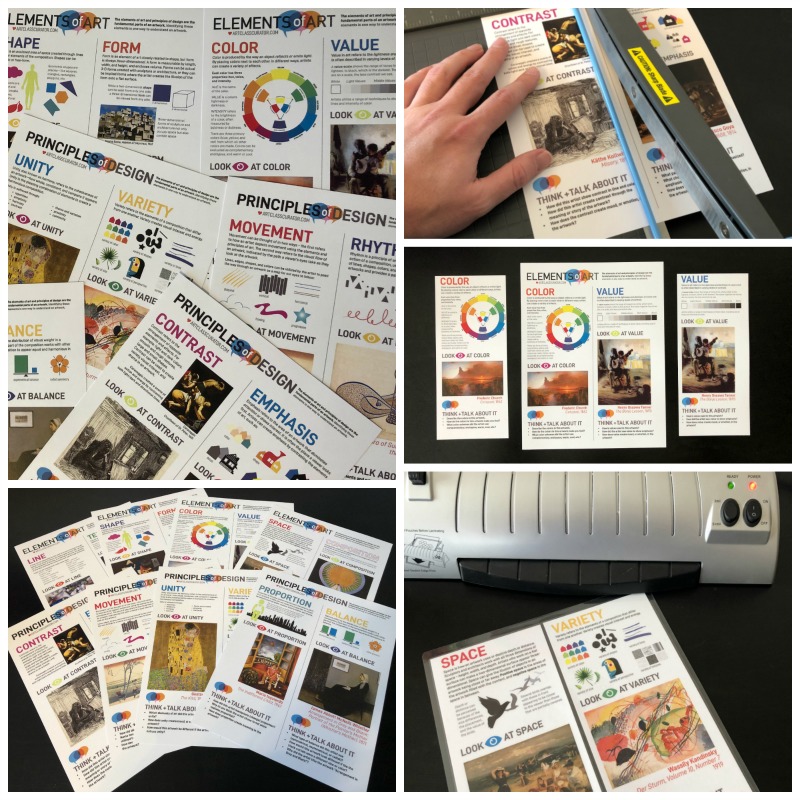
What does balance mean in art?
Balance in art is just what is sounds like; it is the sense of stability in a work of art. To create balance in art, artists combine the visual components to ensure that one part of the artwork doesn’t completely overshadow the rest. Each choice made by the artist is a deliberate one in order to ensure equilibrium and balance in the art. Artists create this pleasing effect using the different types of balance in art listed below.

Symmetrical Balance in Art Examples
What is symmetrical balance in art? Symmetrical balance in art is when each half of the artwork is identical or very similar. Draw a line through the artwork and compare each side.
- Cimabue, Santa Trinita Madonna, 1280-90
- Pietro Perugino, Christ Giving the Keys to St. Peter, 1481–1482
- American 19th Century, Cutout of Animals, second quarter 19th century
- Frida Kahlo, Self-Portrait, 1940
- Chokwe people, African, Chibinda Ilunga, mid-19th century
- Naum Gabo, Untitled sculpture in Rotterdam, the Netherlands, 1957
- Georgia O’Keefe, Oriental Poppies, 1928
- Diego Rivera, Flower Day, 1925
- Ancient Greece, The Parthenon, 447-438 B.C.E.
- Tapirapé, Cara Grande feather mask, c. 1960
- Japan, Portrait sculpture of a Zen priest, 14th–15th century
- M.C. Escher, many
- Francis Bacon, Figure with Meat, 1909-92
- Salvador Dalì, Mae West Lips Sofa, 1938
Asymmetrical Balance in Art Examples
What is asymmetrical balance in art? Asymmetrical balance in art is when each half is different but has equal visual weight. The artwork is still balanced. For example, in the Caravaggio (the picture in the right in the collage), the three men are balanced with Jesus on the left. Jesus is facing forward and in brighter light which balances out the three men in shadow.
- James Abbott McNeill Whistler, Arrangement in Grey and Black: Portrait of the Painter’s Mother known as “Whistler’s Mother,” 1871
- Caravaggio, The Incredulity of Saint Thomas, 1601-02
- Georges Seurat, A Sunday on La Grande Jatte, 1884
- Edgar Degas, The Rehearsal, 1877
- Edgar Degas, Dancers Practicing at the Barre, 1876-77
- Gian Lorenzo Bernini, David, 1623
- Alexander Calder, Mobile, 1942
- Yinka Shonibare, Dysfunctional Family, 1999
- Katsushika Hokusai, The Great Wave off Kanagawa, c. 1829-32
- Paul Strand, Abstraction, Twin Lakes, Connecticut, 1916
- Ikebana, various
- Vincent van Gogh, The Starry Night, 1889
- Jacques-Louis David, Oath of the Horatii, 1785
- Edward Hopper, Nighthawks, 1942
 Radial Balance in Art Examples
Radial Balance in Art Examples
What is radial balance in art? Radial balance in art is when there are equal parts that radiate out from the center. Think of it like pieces of pie. You will find in the examples of balance in art here that there can be many equal pieces–from 3 in the Charles II Charger to 16 in the Gothic Rose window!
- Gothic Rose Windows
- England, 17th century, Charger of Charles II in the Boscobel Oak, c. 1685
- M.C. Escher, many
- Mandalas, many
- Melozzo da Forlì, St. Mark’s Sacristy, 1480s
 Off-Balance or Unbalanced Artworks (kind of)
Off-Balance or Unbalanced Artworks (kind of)
It’s hard to find artworks that are unbalanced by well-known artists. These teeter on the edge between asymmetrically-balanced and unbalanced. It’s up for debate and would be a great discussion with your students!
- Edgar Degas, Race Horses, 1885-1888
- Paul Cezanne, Still Life with Apples and a Pot of Primroses, c. 1890
- Precolumbian, Presentation of Captives to a Maya Ruler, A.D. 785
- John Singer Sargent, El Jaleo, 1882
- Juan Sánchez Cotán, Quince, Cabbage, Melon, and Cucumber, 1602
- Judith Leyster, A Boy and Girl with a Cat and an Eel, c. 1635
- Paulus Potter, The Bull, 1647
- Harmen Steenwyck, Still Life: An Allegory of the Vanities of Human Life, c. 1640
Do you have great examples of balance in art? Share them with me in the comments, and I will add it to the list!
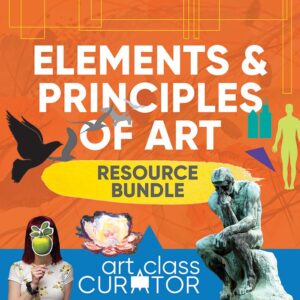
Elements and Principles Teaching Bundle
This extraordinary bundle includes the best resources for teaching each of the elements and principles—37 worksheets/handouts, 15 lessons (with accompanying PowerPoints and Handouts), 3 ready-to-go art analysis activities, 3 art analysis videos, and 13 elements and principle PDF articles.
There you have it! The best examples of balance in art for your elements and principles of art lessons. Want more elements and principles of art teacher resources? Check out the below posts.
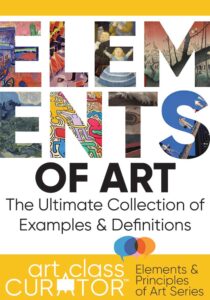

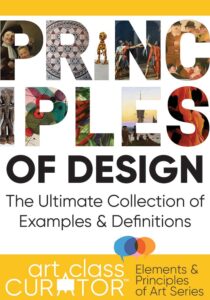
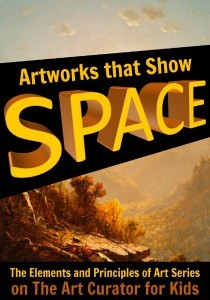
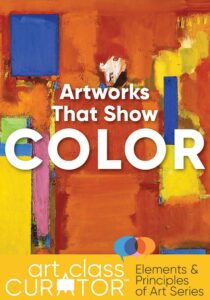
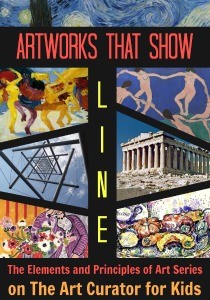
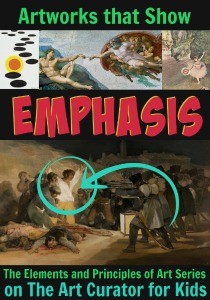
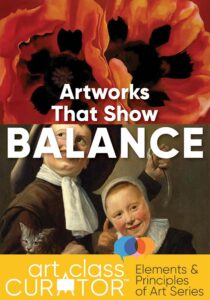
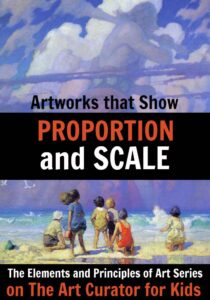
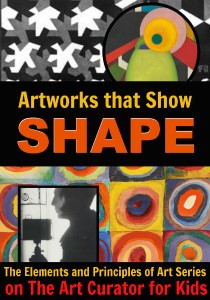
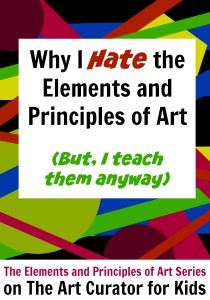
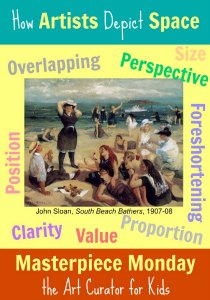
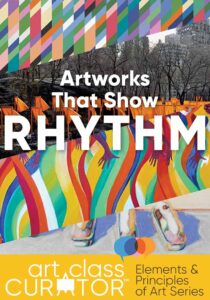

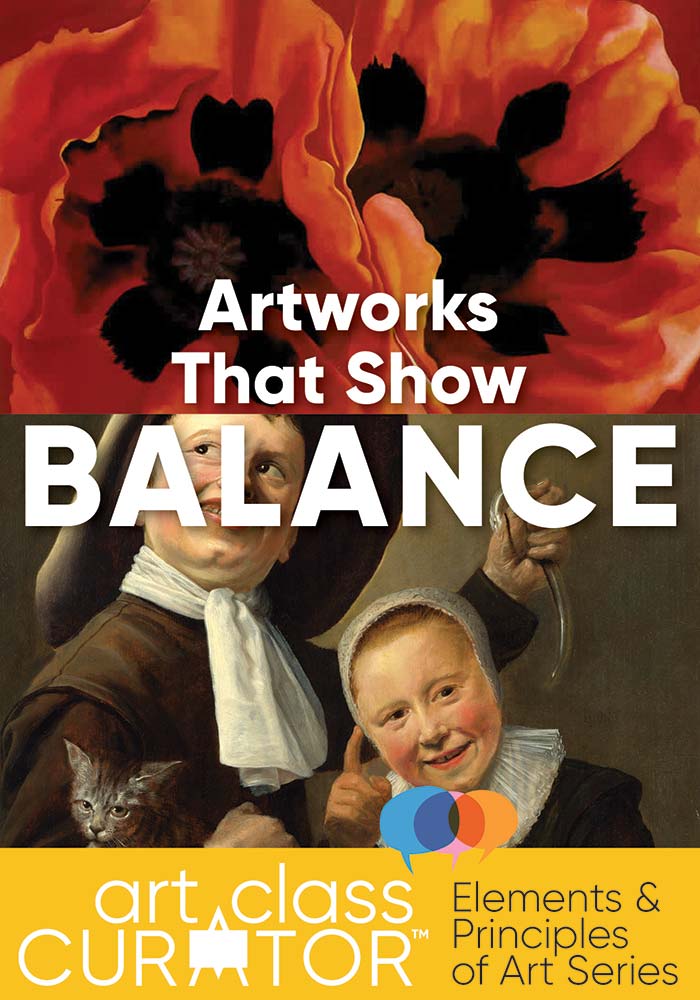

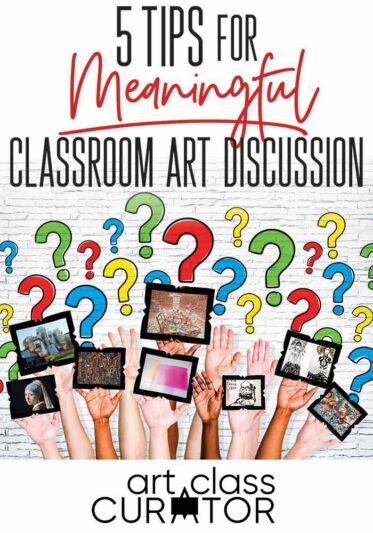
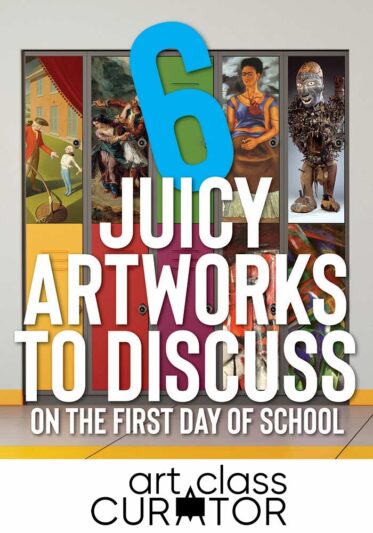
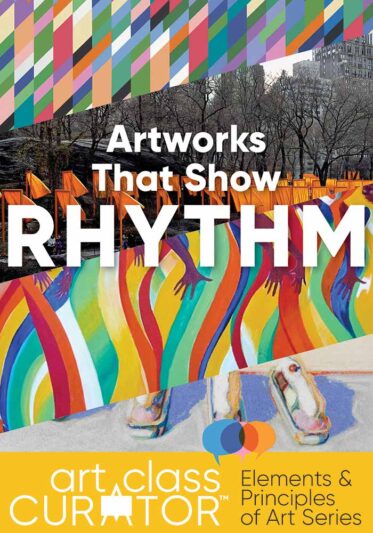

Your entries for artwork are amazing and very practical for those of us who enjoy teaching art to elementary aged students. As a retired elementary teacher who volunteers in three of my friend’s classrooms about 14 times a year these posts are outstanding references for me to share with those students. My PowerPoints touch on much of what you’re providing, but with the addition of these I’m confident they can be enhanced for next year. Thank you so much for the work you’re putting into each.
Blessings!
You are very welcome! I’m so happy I could help. 🙂
nice examples
your article is so excellent and I appreciate your thoughts and views. This is really great work. Thank you for sharing such a piece of useful information here on the blog
You’re welcome Lucy!
I find Art class curator SOOo valuable. It saves me such a lot of time I would otherwise spend hunting up examples of Elements and Principles. I am using your resources teaching amateur my adult art class.. thanks so much,
Heather
You are so welcome, Heather!